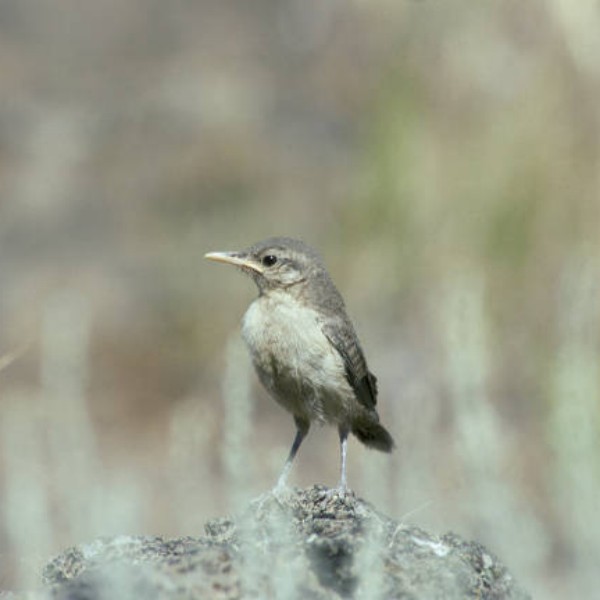The chief zoologist in Long's expedition to the Rocky Mountains was Thomas Say. His reports include first descriptions of several birds. These descriptions are given as footnotes in
Edwin James, Account of an Expedition from Pittsburgh to the Rocky Mountains, Performed in the Years 1819 and 1820, By Order of The Hon. J. C. Calhoun, Sec'y of War: Under the Command of Major Stephen H. Long, from the Notes of Major Long, Mr. T. Say, and Other Gentlemen of the Exploring Party, two volumes, Philadelphia, 1823. Reprinted in book form by University Microfilms, Inc., Ann Arbor, 1966.
Limnodromus scolopaceus (Say); common name; Long-billed dowitcher

In volume 1, page 170, Say gives the first zoological description of the long-billed dowitcher, noting "bill longer than the head." He writes, "Several specimens were shot in a pond near the Bowyer creek," in the vicinity of Council Bluffs, Iowa. Say assigns the species to the genus Limosa, but as is often the case with names assigned long ago, the species has since then been assigned to a different genus. The current scientific name is Limnodromus scolopaceus (Say).
Salpinctes obsoletus (Say); common name, rock wren

To this bird, Say assigned the name Troglodytes obsoleta. In James, volume 2, page 4, Say indicates that the common name for this species in his day was obscure wren, "a bird more closely related to the great Carolina wren of Wilson than any other we have seen; but the characters drawn from the primaries, and from the marking of the tail sufficiently distinguish it from that species."
Passerina amoena (Say); common name, lazuli bunting

The lazuli bunting is first described by Say in James, volume 2, page 47. Aside from the anatomical description, Say writes, "A very beautiful species of emberiza was caught, rather smaller than the indigo bunting (Emberiza cyanea), with a note entirely dissimilar. It was observed to be much in the grass, rarely alighting on bushes or trees."
Say assigned the species to Emberiza but it was later placed in Passerina.
Dendragapus obscurus (Say); common name, blue grouse

Say's description, under the name Tetrao obscurus, is given in James, volume 2, page 14. "When this bird flew," Say writes, "it uttered a cackling note a little like that of the domestic fowl: this note was noticed by Lewis and Clark in the bird which they speak of under the name of the cock of the plains..."
Chondestes grammacus (Say); common name, lark sparrow

This bird is first described by Say in James, volume 1, page 139. "They run upon the ground like a lark," Say notes, "seldom fly into a tree, and sing sweetly."
Say assigned the species to Gringilla.